Magic: The Gathering has a unique resource system in the modern-day trading card game landscape. While other games have shifted to more consistent mana systems, Magic has stuck to using lands, which are cards you need to draw, as the primary way to generate resources.
This has its benefits and drawbacks. Lands open up design space, as players have seen with modal lands and creature lands. However, the need for lands also adds variance that some players find cumbersome. Regardless, lands are one of the main ways that Magic stands out from its competitors.
The most valuable lands in the game are ones that can produce multiple colors of mana. These are largely found as dual lands which can tap for two colors across Magic‘s 10 color pairs. There are plenty of dual lands, but only some are so powerful they have made a lasting impact on Constructed formats.
Here are the best dual lands in Magic.
Original duals
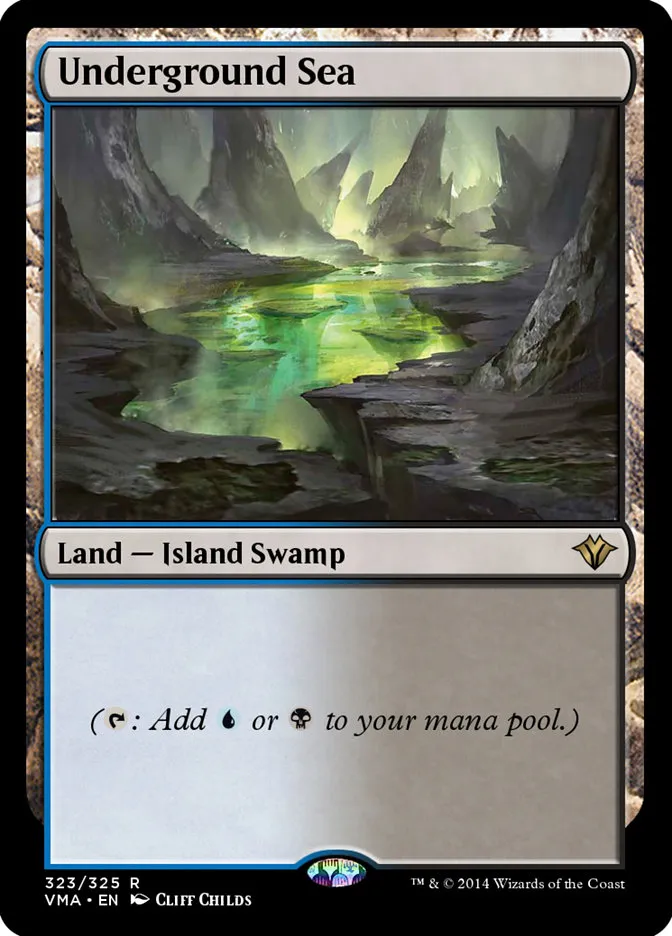
The original dual lands are still the best in Magic. They have the basic types, enter the battlefield untapped, and produce two colors of mana. Every other dual land is some variation on this original cycle. These lands are relevant in Legacy and Vintage as must-have parts of a multicolor mana base. They allow these wildly powerful decks to function and are great because of their simplicity. The only drawback to these cards is the lofty price tags, but for Legacy and Vintage players, that’s hardly a concern.
Fetch lands
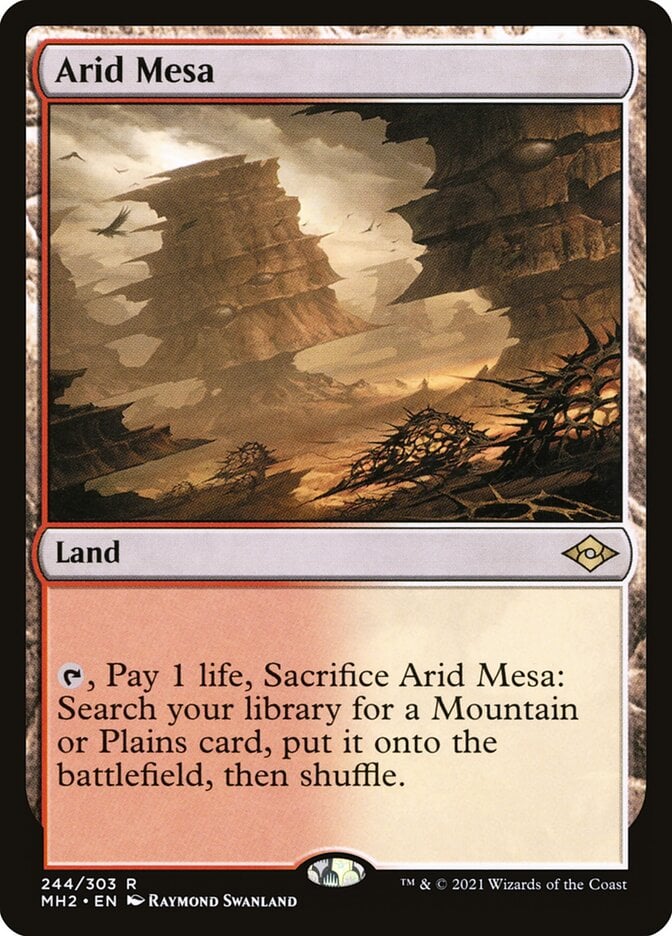
Fetch lands are staples in Legacy and Modern. They are perfect for fixing mana, mainly when paired with Shock lands or any other dual land with basic types. Paying one life is irrelevant in the grand scheme of having all your colors online as early as possible. With the speed of these formats, most multicolor decks wouldn’t be able to function without the synergy between Fetch lands and other duals.
Older formats make their power and potential even clearer. They can be used in Death’s Shadow lists to quickly lose life. When scrying or using a card like Brainstorm, the activated ability will help clear out unwanted cards. From the other side’s perspective, it’s possible to disrupt the activated ability with either a Blood Moon or Tale’s End effect. The existence of Fetch lands opens the door for complex gameplay in eternal formats.
Shock lands
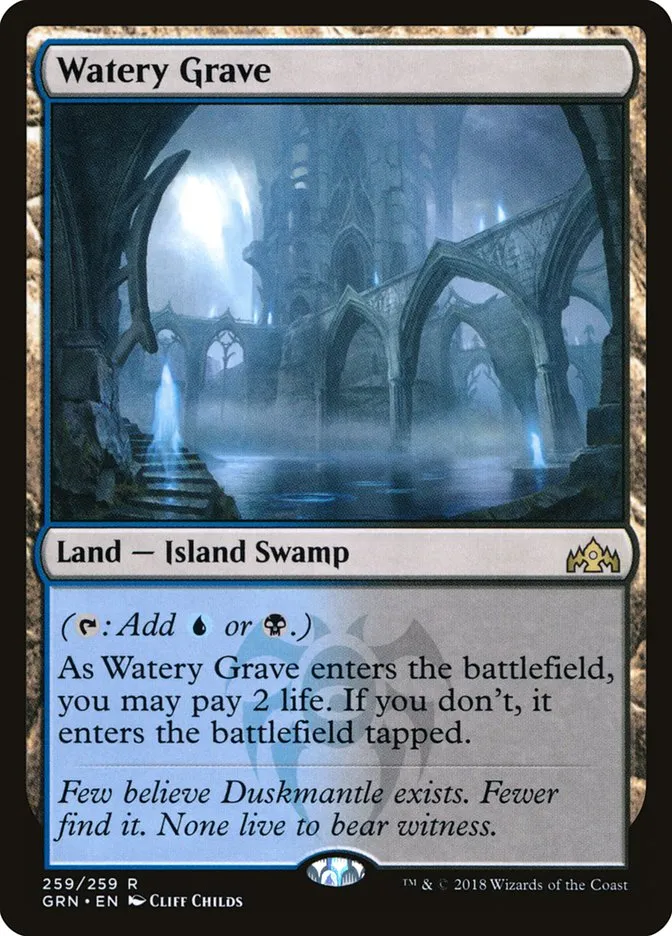
The second half of every eternal mana base is the Shock lands first introduced during the Ravnica block. Since they were more recently printed, they’re seen in more formats like Pioneer and Historic. These two-color lands enter the battlefield tapped unless their controller pays two life, making them multifunctional cards. They can be an immediate source of mana, but if you don’t need it right away, having it enter the battlefield tapped is viable. Magic has shown that having options makes cards powerful.
Check lands
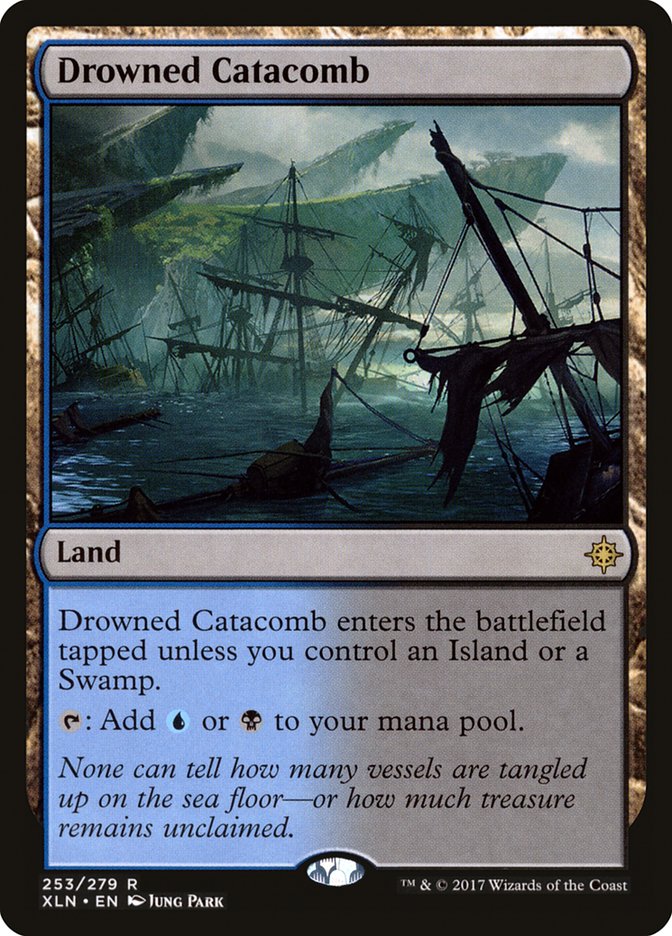
Check lands work well inside any eternal mana base. They enter the battlefield tapped unless you control a land with a relevant type—and in practice, they almost always do. This ability is great when combined with Shocks. Alternatively, they play well with basic lands too. For more budget-friendly mana bases, Check lands are able to help fix mana with little deckbuilding cost, but this option is only viable for two-color lists. When running a deck that is three or more colors, Checks are only optimal when paired with Shocks or tri-color lands.
Artifact lands
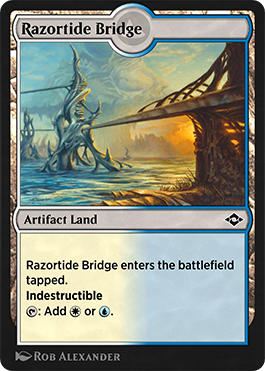
The cycle of Artifact lands from Modern Horizons 2 have made a significant impact on Pauper, a format where only Commons are legal. These excellent lands tap for two mana and are Indestructible, which opens the door for Cleansing Wildfire combos and counters land destruction strategies.
This cycle has dominated Pauper because they are also Artifacts. This allows them to be effective ways to enable Affinity, leading to explosive early turns. The same effect is seen in Historic Affinity.


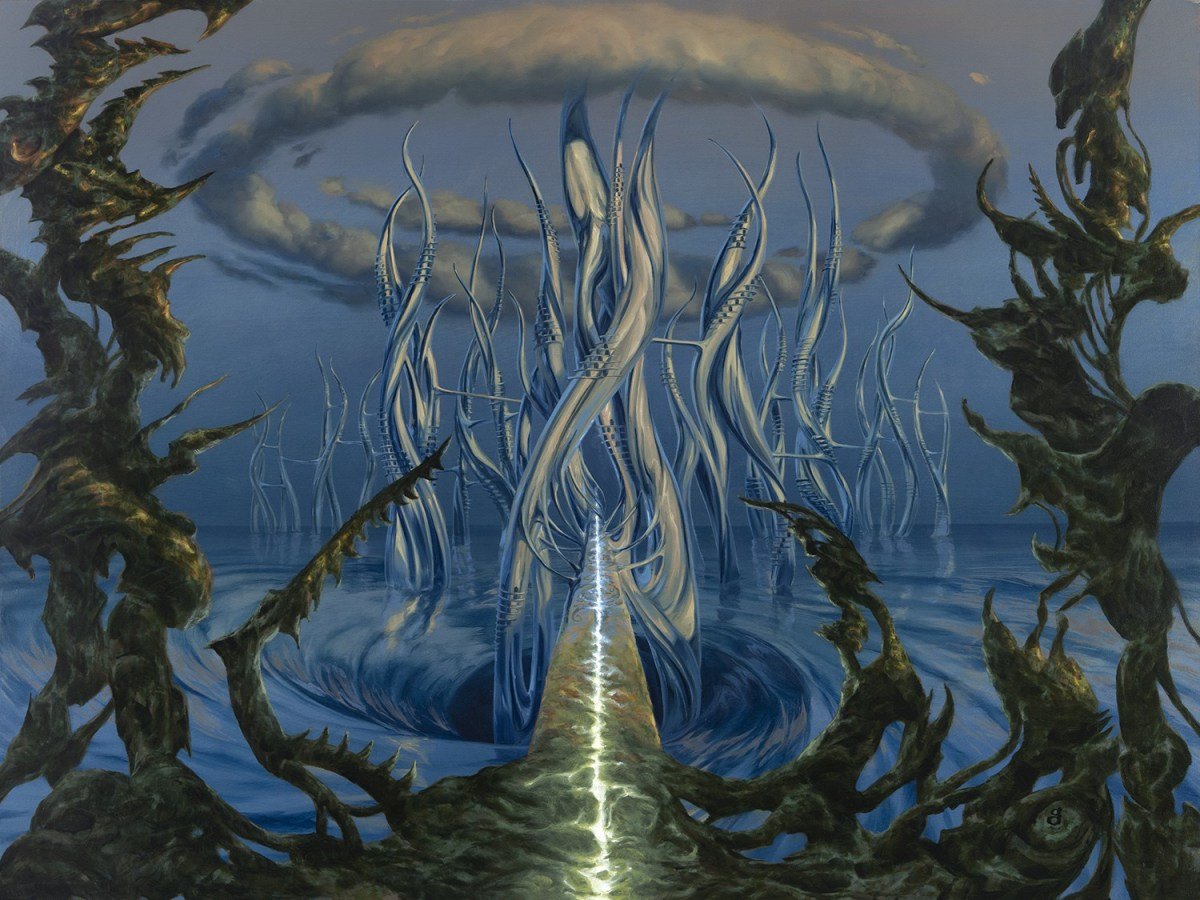
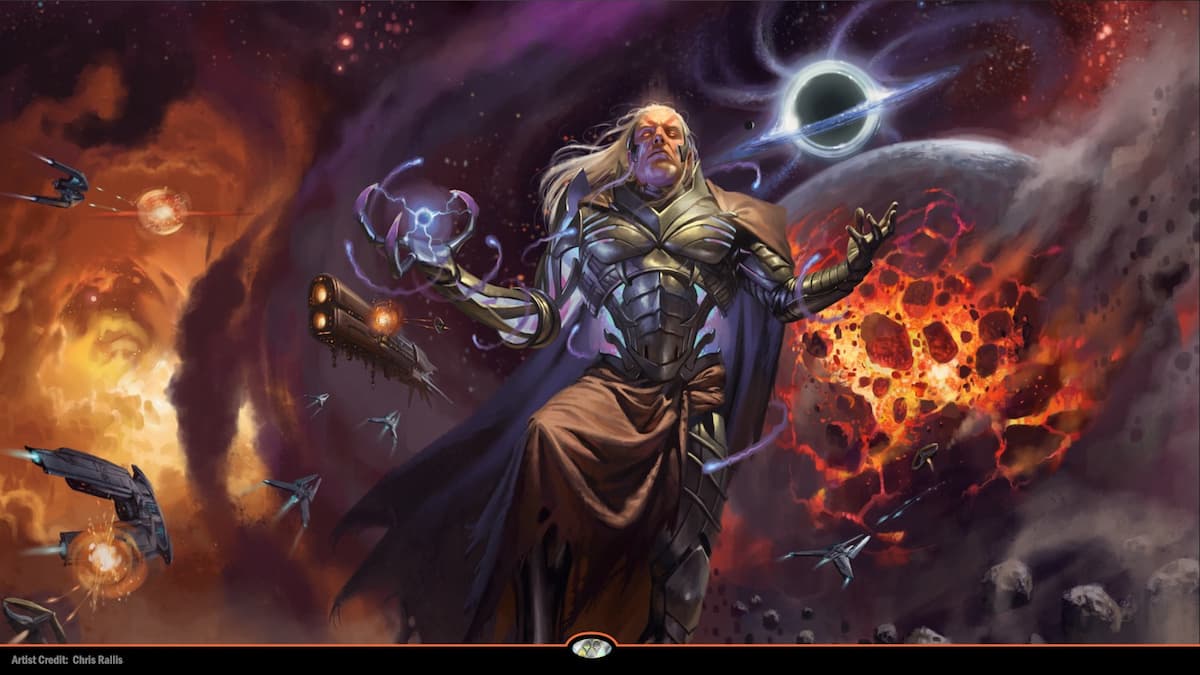
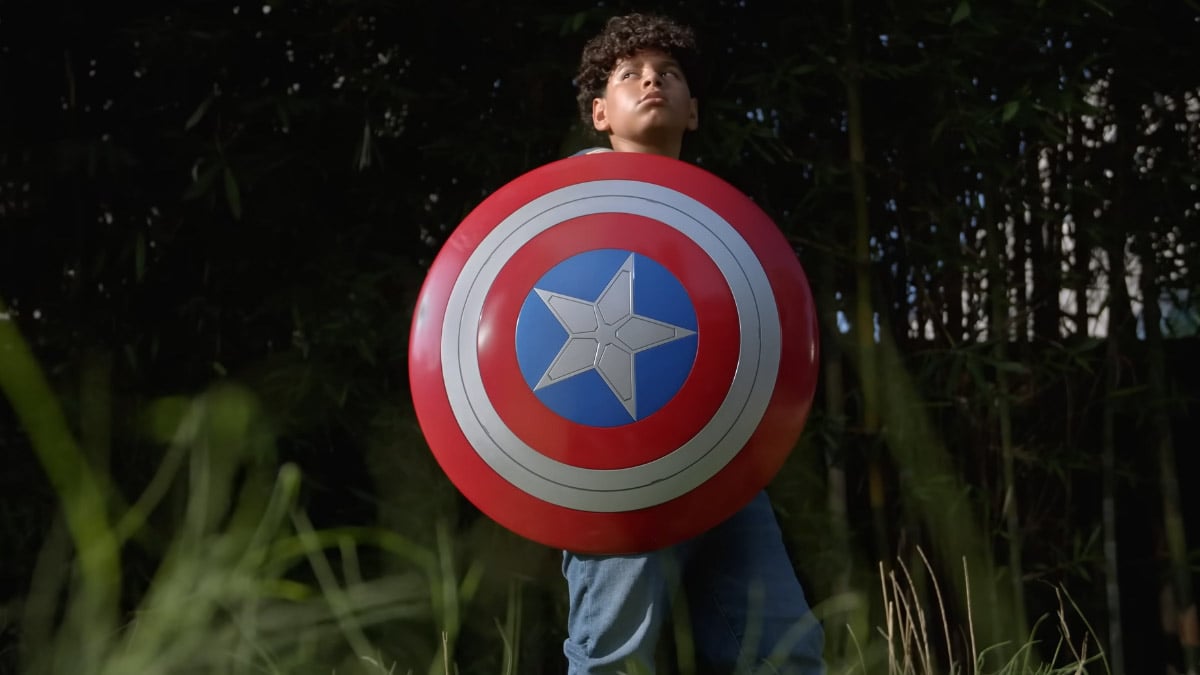
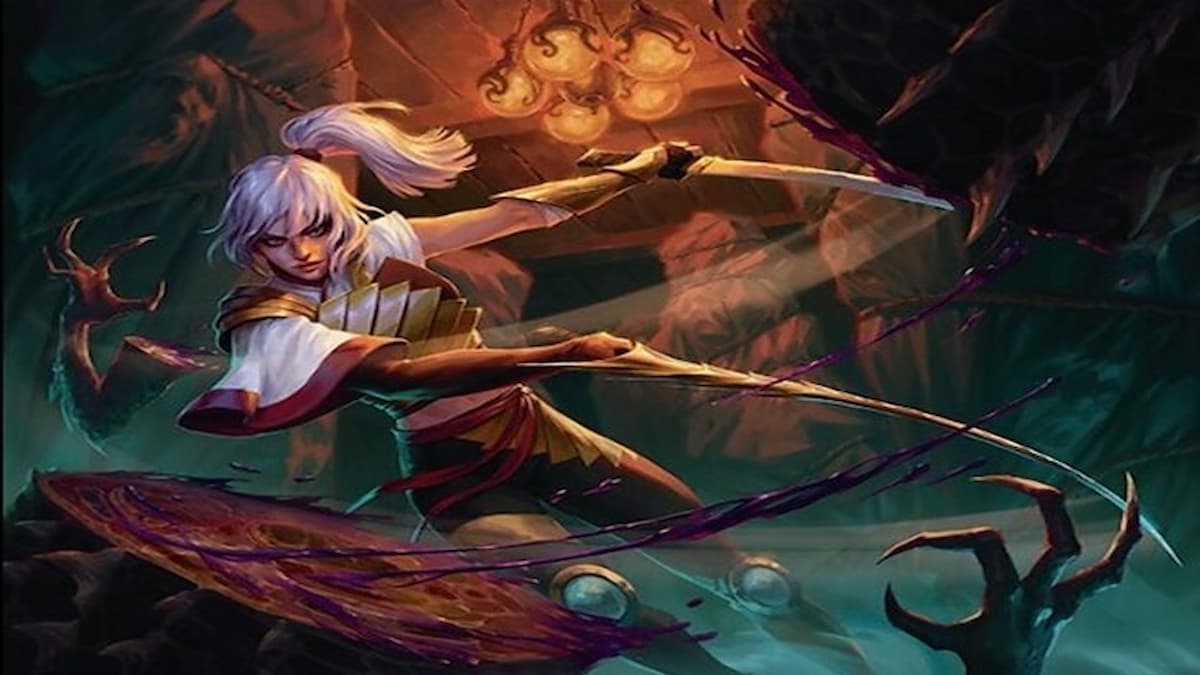
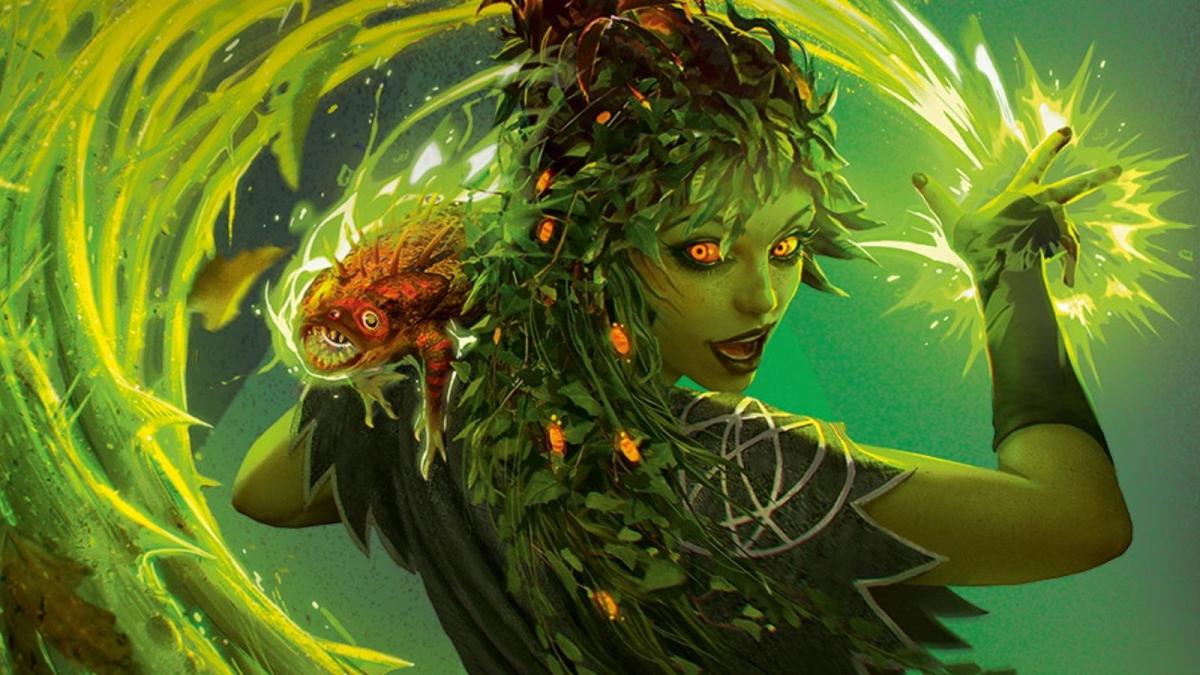
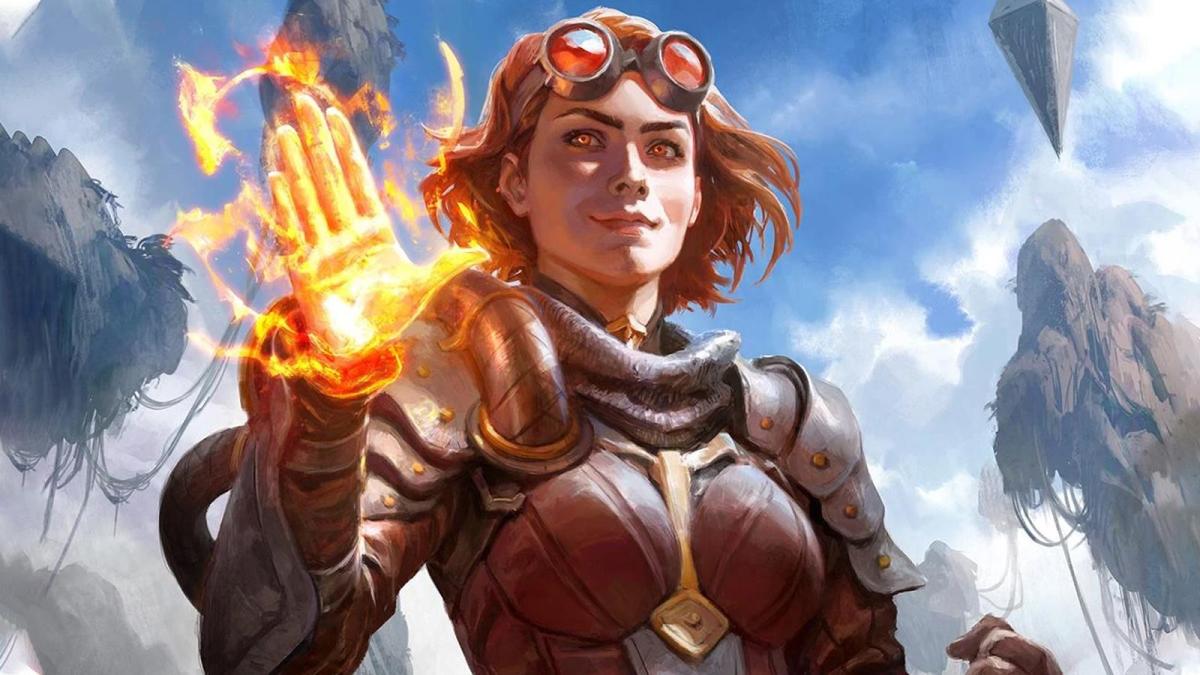
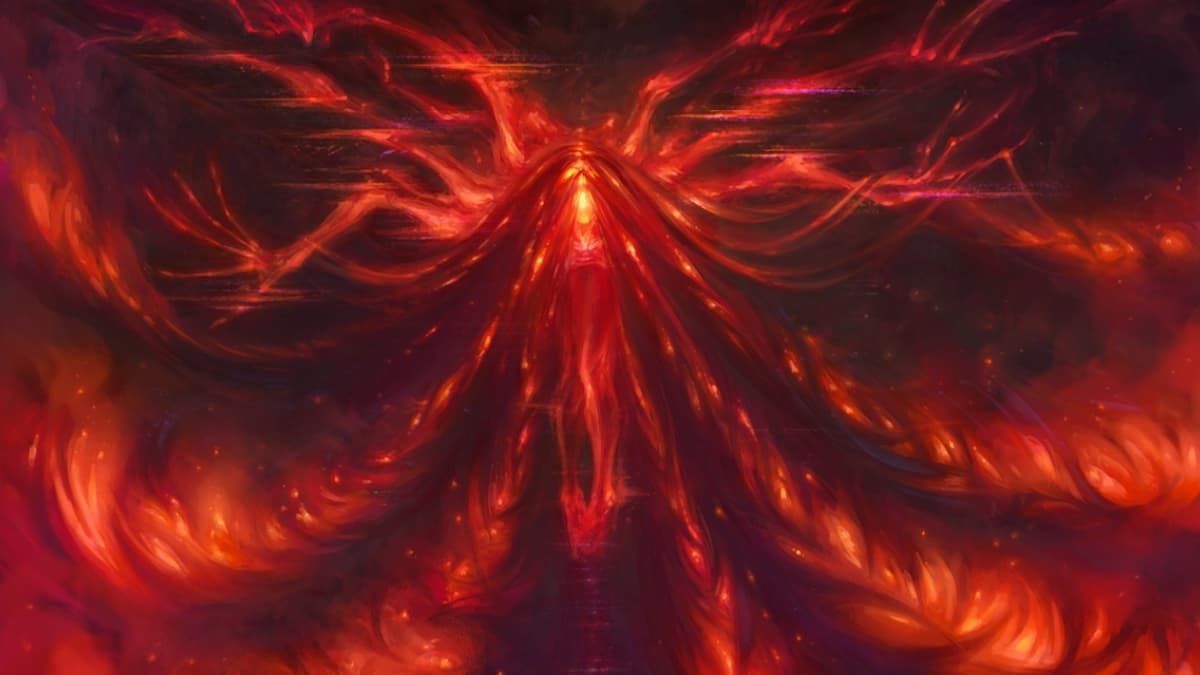
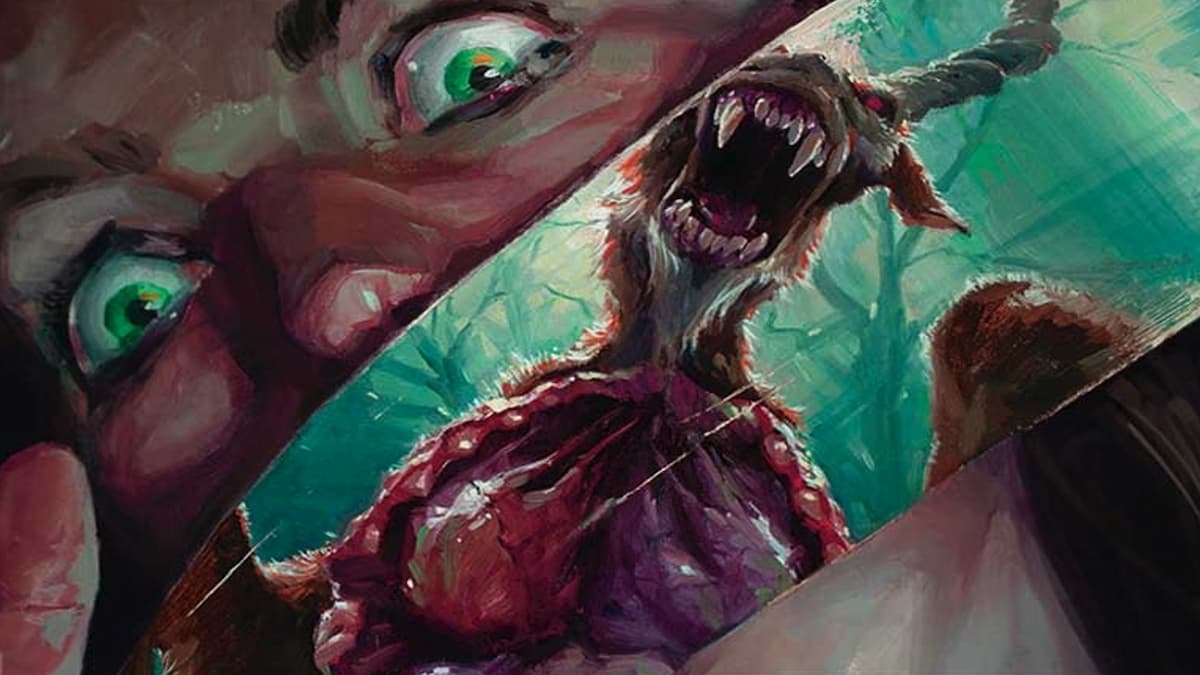
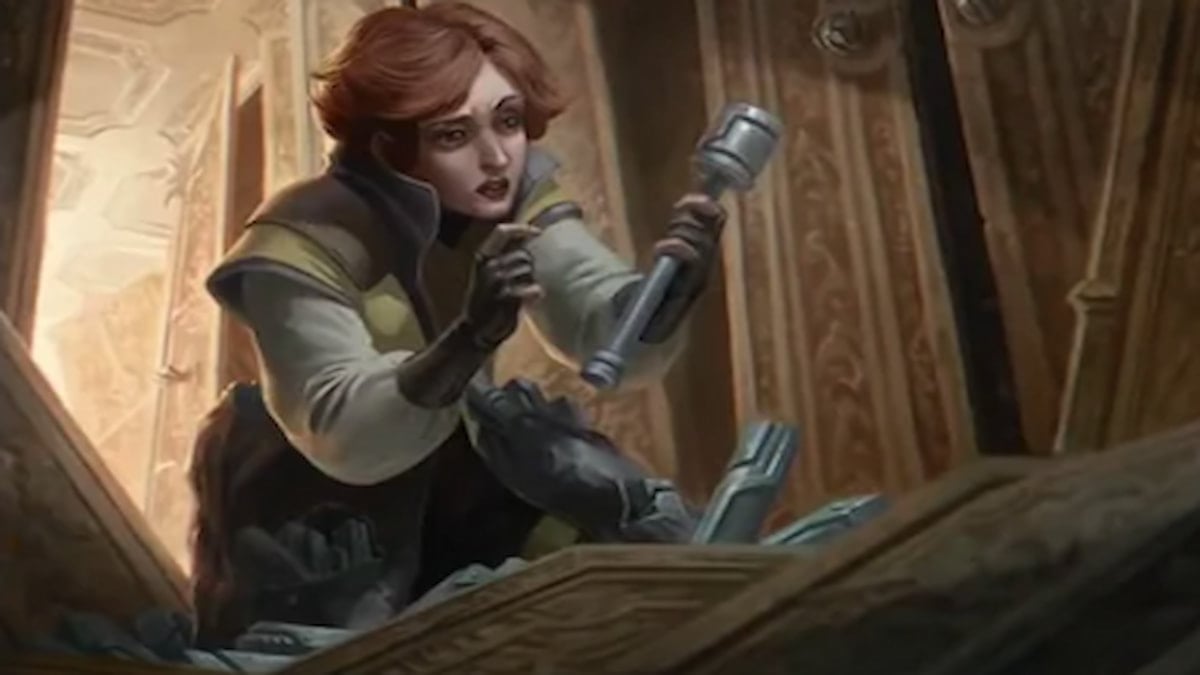
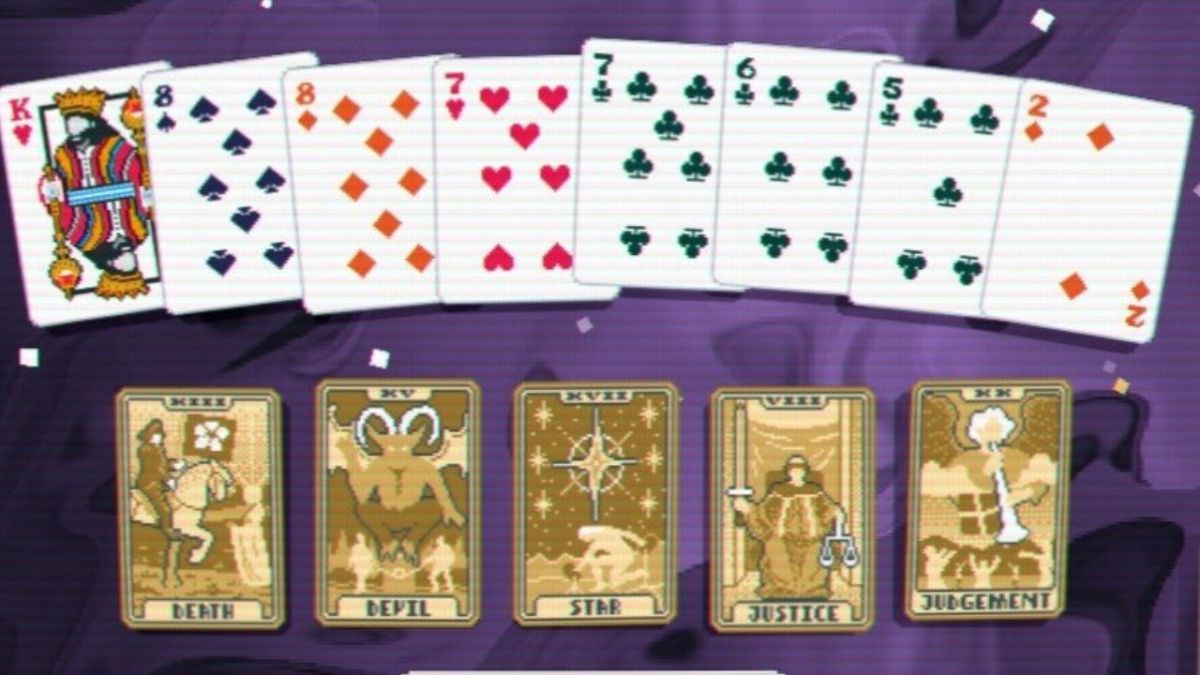
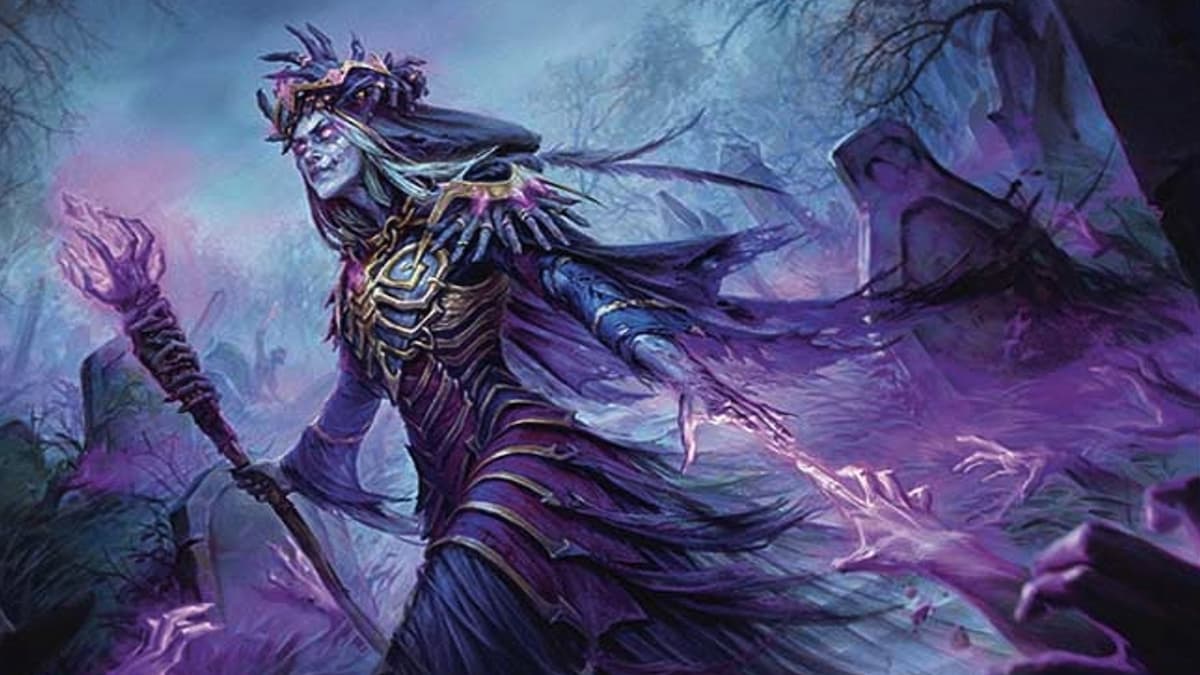
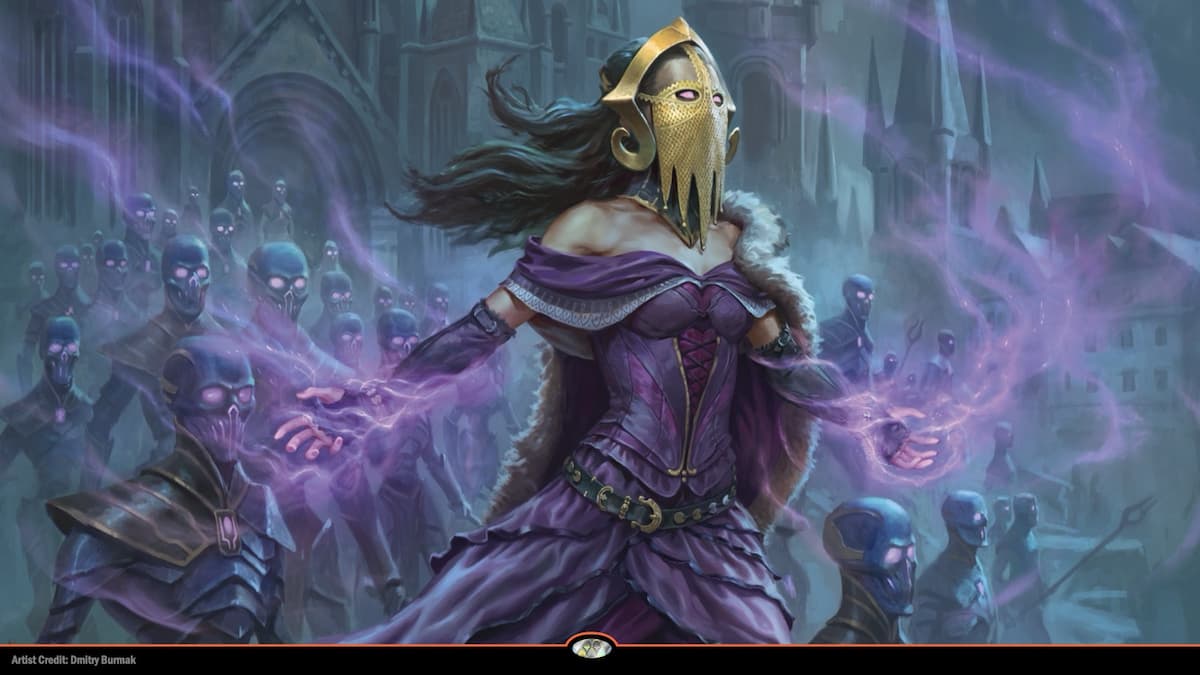

Published: Jan 4, 2023 9:25 AM UTC